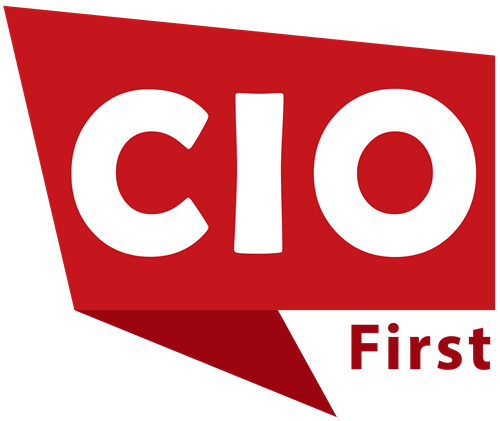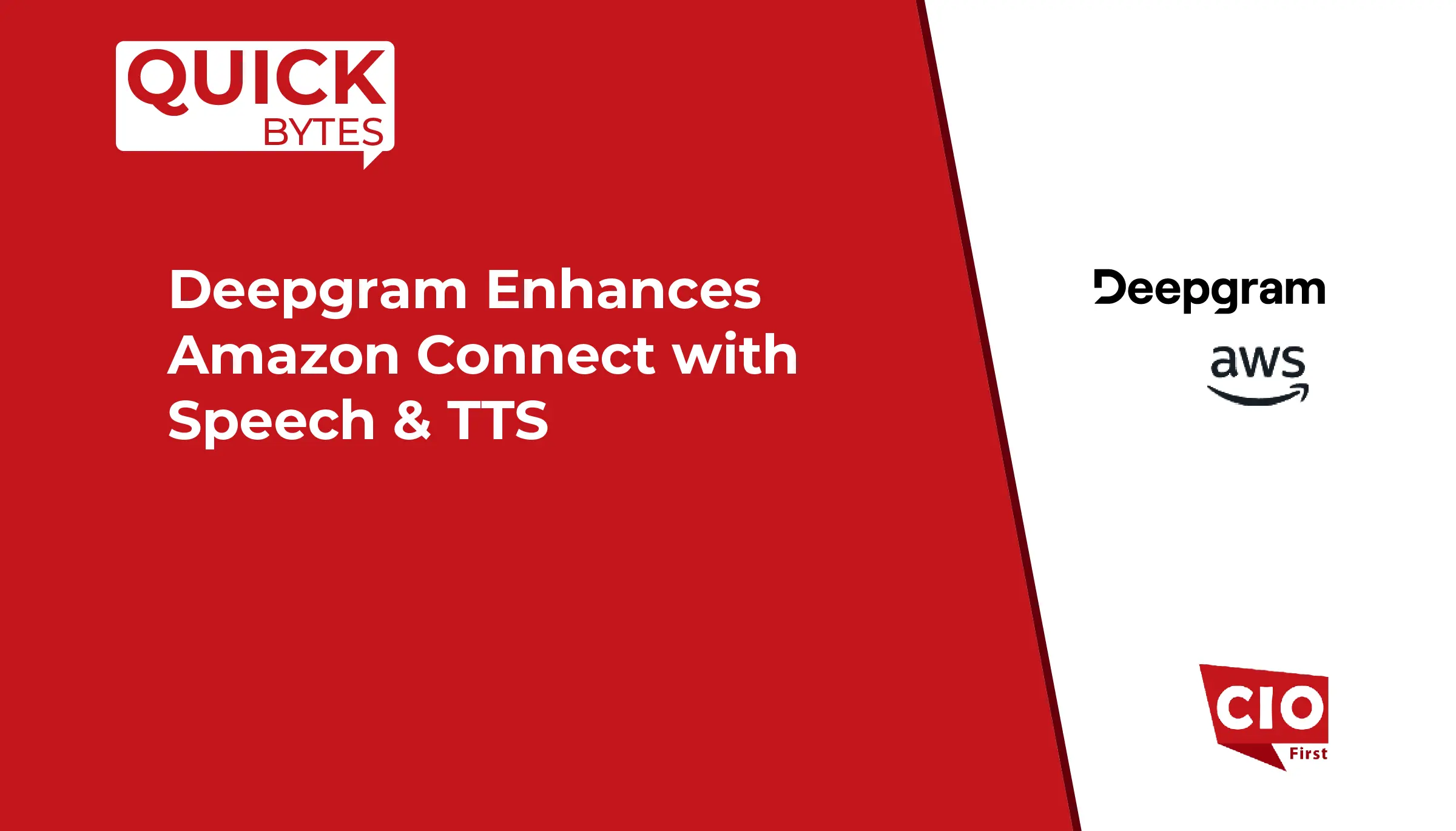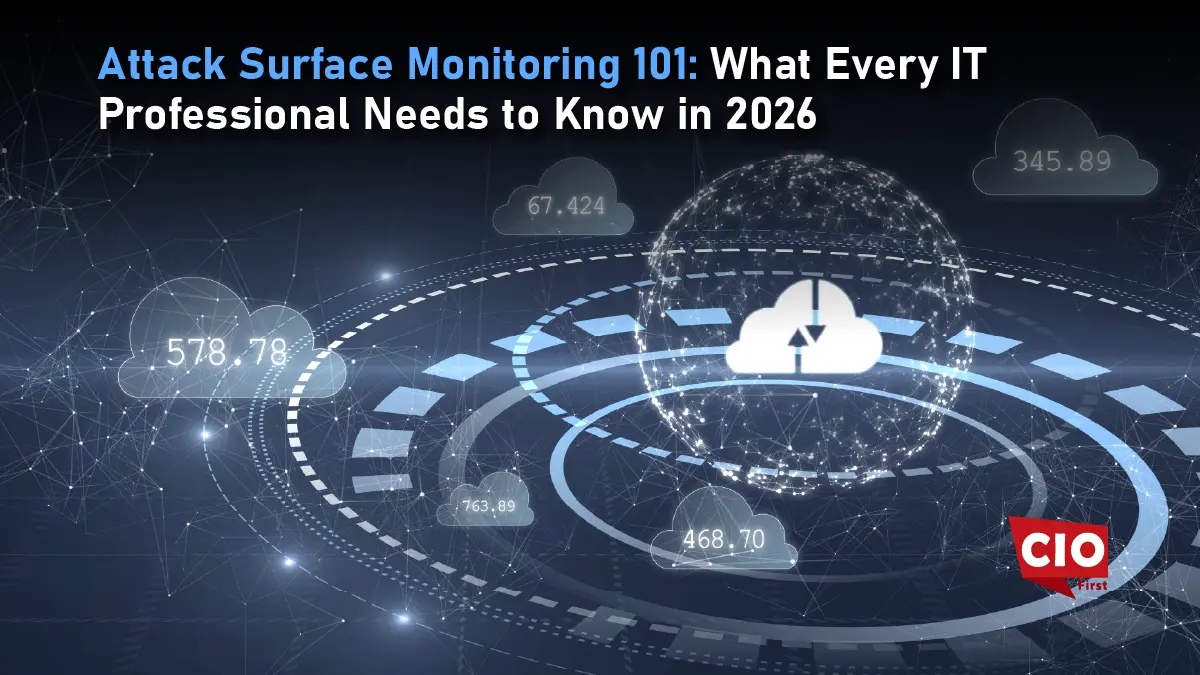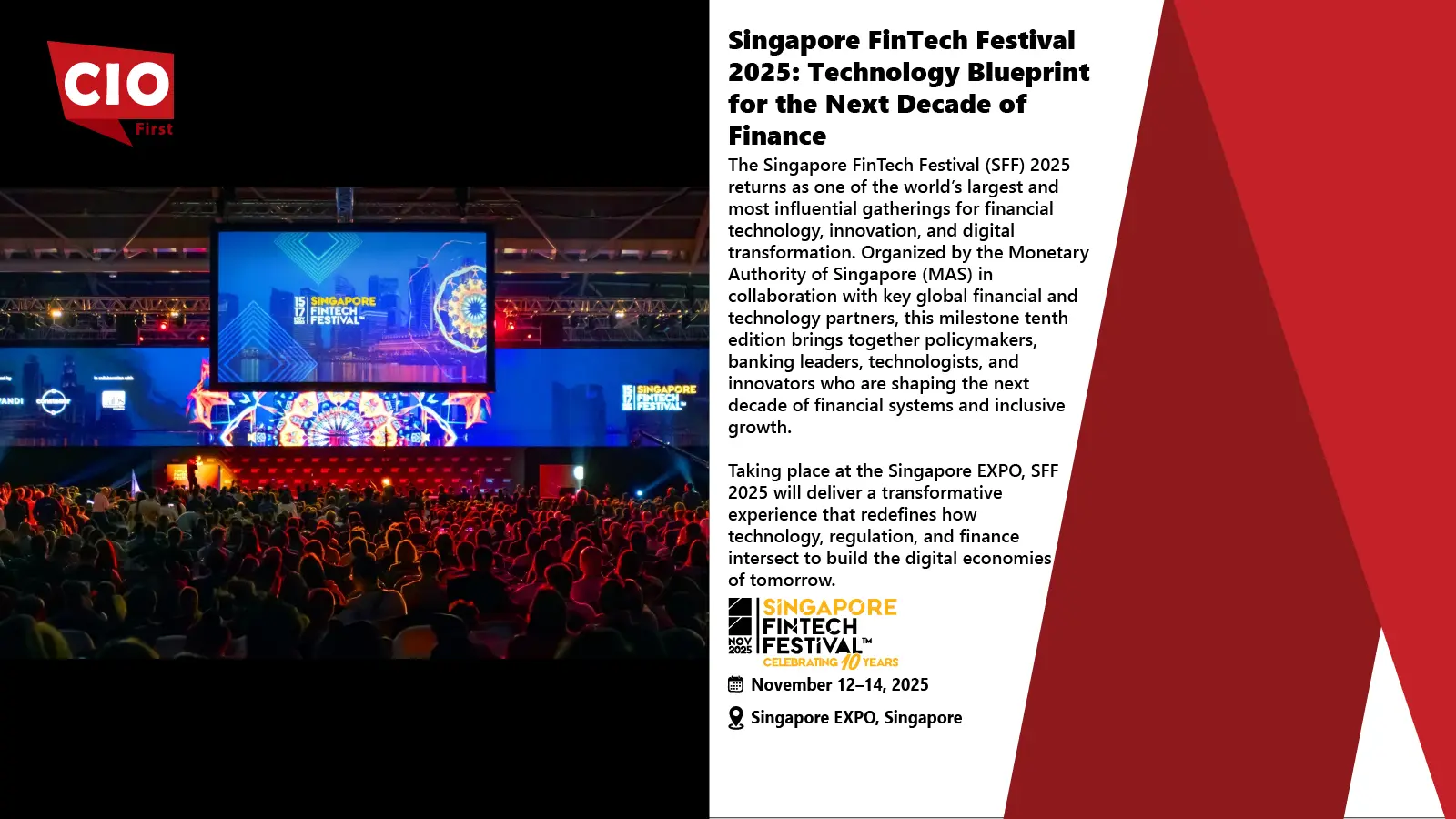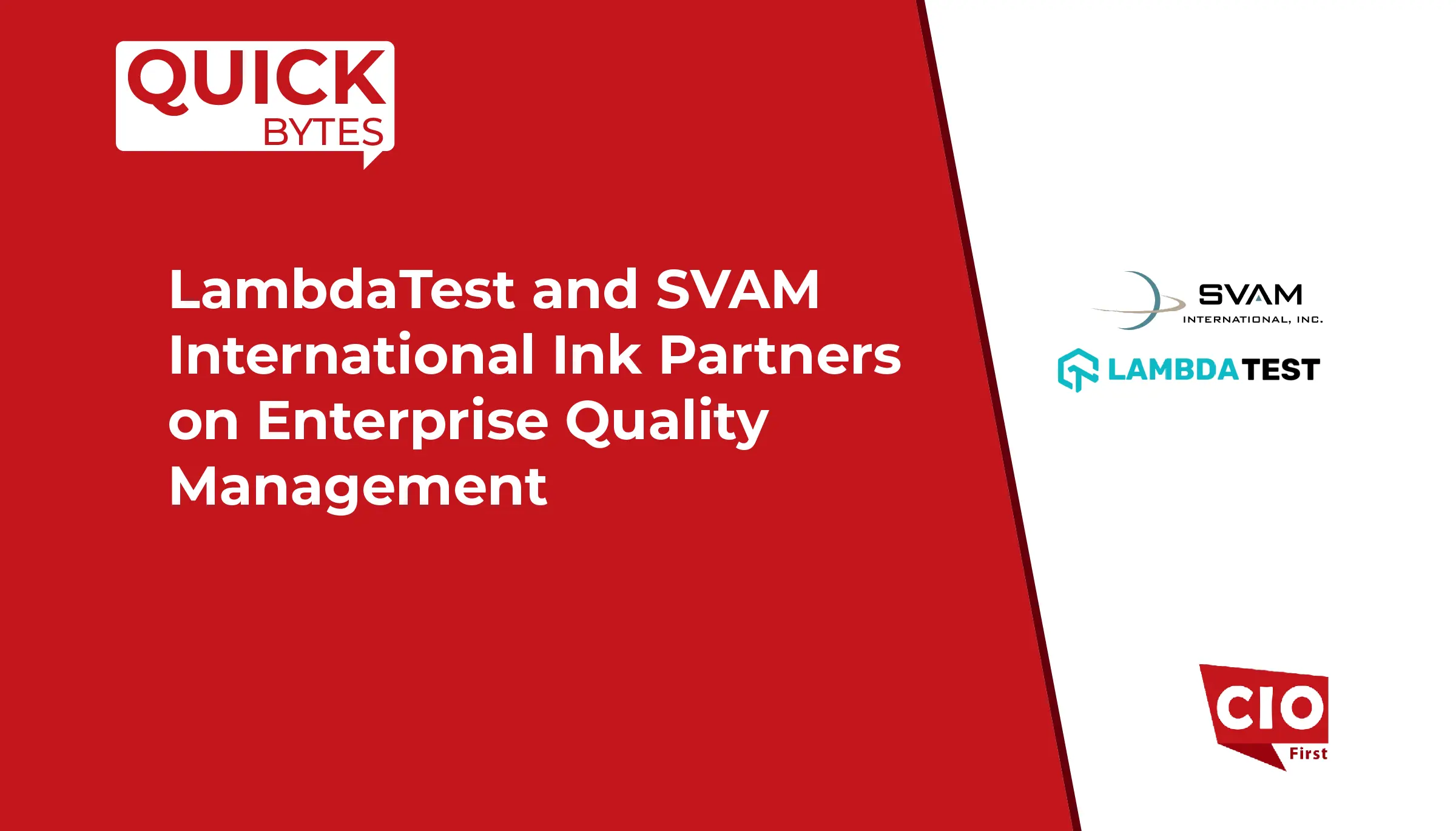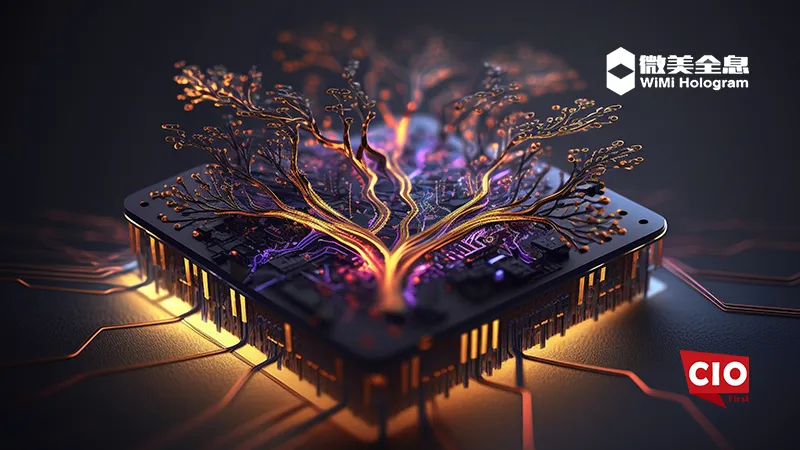WiMi Hologram Cloud Inc., a leading global Hologram Augmented Reality Technology provider, announced that the development team, by leveraging the flexibility and programmability of FPGAs, has proposed an innovative solution: an FPGA-based digital quantum coprocessor. This solution aims to overcome the limitations of existing quantum hardware and advance the development of quantum computing technology.
WiMi’s FPGA-based Digital Quantum Coprocessor Technology is based on both homogeneous and heterogeneous structures of FPGAs. Homogeneous and heterogeneous are two key terms used to describe coprocessor architectures. A homogeneous coprocessor refers to a system where all quantum bits (qubits) are processed and computed in the same way, while a heterogeneous coprocessor allows different types of qubits or processing units to work together in different ways. Traditional quantum accelerators are typically based on physical implementations like superconducting qubits or ion traps. Although these technologies have made progress in the field of quantum computing, they face challenges related to scalability and stability. In contrast, WiMi’s digital quantum coprocessor uses the digital logic of FPGAs to simulate the behavior of qubits, offering a new approach aimed at improving system stability and scalability.
WiMi’s FPGA-based digital quantum coprocessor architecture is the core for implementing quantum computing functions. This architecture leverages the programmable features of FPGAs to simulate the behavior of qubits, including superposition states and quantum entanglement. The architecture needs to be carefully designed to ensure that quantum algorithms can run efficiently in a digital environment.
Also Read: Onbe Names FinTech Leader Sayid Shabeer as Chief Product Officer to Drive Next Phase of Growth
In a homogeneous architecture, each qubit follows the same design specifications and operational procedures. This means that all qubits use the same hardware resources and software logic. This design simplifies the complexity of the system, making it easier to manage and scale the qubits. Homogeneous architectures typically use a unified set of quantum gates, such as the Hadamard gate and CNOT gate, to implement quantum algorithms.
In contrast to the homogeneous architecture, a heterogeneous architecture allows different types of qubits or processing units to coexist, in order to accommodate various computational needs. This may include using different sets of quantum gates, quantum error correction codes, or optimizations for quantum algorithms. The design of a heterogeneous architecture is more flexible but also introduces higher complexity in terms of design and debugging.
In WiMi’s FPGA-based digital quantum coprocessor technology, the IP core generator is a key tool for designing digital quantum coprocessors. It allows developers to create reusable, modular quantum computing elements that can be integrated into FPGAs. The development of the IP core generator involves a deep understanding of quantum algorithms and the efficient utilization of FPGA resources. VHDL is used to write the logical descriptions of qubits and quantum gates. Through VHDL, developers can precisely control the hardware behavior of the FPGA, enabling the implementation of complex quantum computing tasks.
The execution flow of a quantum program includes the encoding of quantum algorithms, the initialization of qubits, the operation of quantum gates, and the final measurement and output of results. Implementing this process on an FPGA requires precise timing synchronization and resource management. The simulation of digital quantum bits involves the digital representation of quantum superposition states and quantum entanglement. This requires the use of probabilistic models to handle the results of quantum measurements and to implement the randomness inherent in quantum algorithms.
WiMi’s FPGA-based digital quantum coprocessor technology digitizes qubits by converting their states and behaviors into digital signals and logical operations. This is similar to the pipelined design of RISC (Reduced Instruction Set Computing) processors, both emphasizing parallel processing and resource optimization.
The FPGA-based digital quantum coprocessor architecture provides a new approach to implementing quantum computing functions. By carefully designing both homogeneous and heterogeneous architectures, and utilizing tools such as the IP core generator and VHDL, it is possible to achieve efficient and stable quantum computing solutions.
WiMi’s homogeneous and heterogeneous digital quantum coprocessors represent an innovative technology that brings new vitality to the field of quantum computing. By leveraging the flexibility and programmability of FPGAs, this technology not only enhances the stability and scalability of quantum computing but also provides a new approach for implementing quantum algorithms. The design of homogeneous and heterogeneous architectures each has its advantages, offering customized solutions for different application scenarios. While challenges remain, these challenges also present new opportunities for the development of quantum computing technology.
The development of this technology by WiMi will not only drive advancements in scientific research but also have a profound impact on society and the economy. The commercialization of quantum computing applications will bring revolutionary changes across various industries, improving productivity and solving problems that traditional computers struggle with. WiMi will continue to explore and innovate in the field of quantum computing, constantly optimizing and refining FPGA-based digital quantum coprocessor technology. As the technology matures and its applications expand, quantum computing is expected to usher in a new era of computing, making a significant contribution to the development of human society.
SOURCE: PRNewsWire
